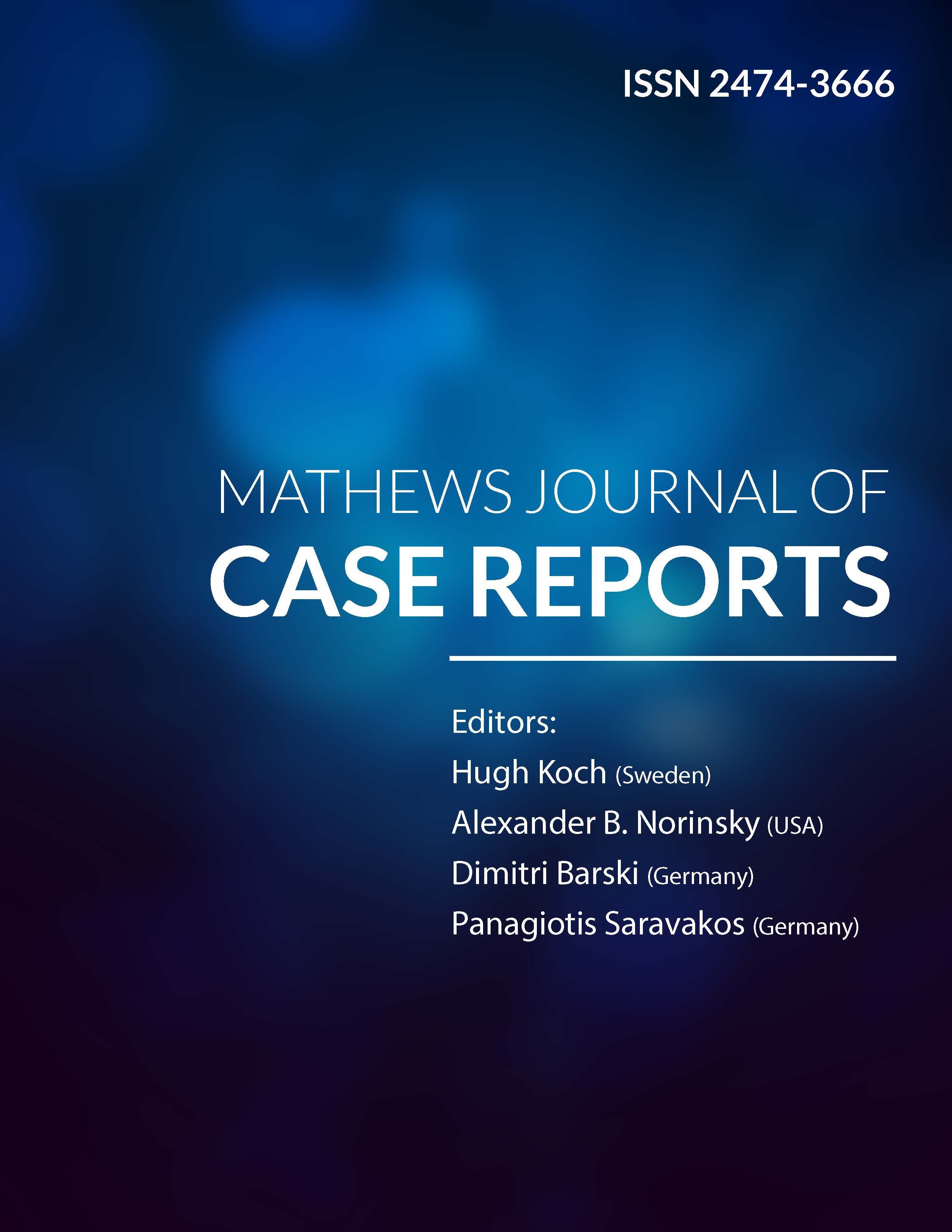
Information Links
Previous Issues Volume 1, Issue 3 - 2016
Aggressive Opportunistic Paracoccidioidomycosis in an AIDS Patient
Pedro Afonso Nogueira Moises Cardoso1, Paulo Naves Aguiar1, Heloisa Loureiro de Sa Neves Motta1, Erik Friedrich Alex de Souza1, Daniel de Alvarenga Salem Sugui2, Guilherme Almeida Rosa da Silva2, Rogerio Neves Motta2, Marcelo Costa Velho Mendes de Azevedo2, Walter de Araujo Eyer Silva2, Jorge Francisco da Cunha Pinto2, Fernando Raphael de Almeida Ferry2
1Medical Student at Universidade Federal do Estado do Rio de Janeiro (UNIRIO), Rio de Janeiro, Brazil.
2Professor from Universidade Federal do Estado do Rio de Janeiro (UNIRIO), Rio de Janeiro, Brazil.
Corresponding Author: Guilherme Almeida Rosa da Silva, Mariz e Barros 775, Tijuca-Rio de janeiro-Brazil, Tel: +55 21 22544759; E-Mail: [email protected]
Received Date: 15 Aug 2016
Accepted Date: 23 Aug 2016
Published Date: 25 Aug 2016
Copyright © 2016 da Silva GAR
Citation: da Silva GAR, Motta RN, Cardoso PANM, Aguiar PN, et al. (2016). Aggressive Opportunistic Paracoccidioidomycosis in an AIDS Patient. Mathews J Case Rep 1(3): 015.
ABSTRACT
Introduction: Paracoccidioidomycosis is a systemic mycosis transmitted by inhalation of the conidia form of Paracoccidiodes brasiliensis fungus. The disease is presented as acute, subacute or chronic forms, according to the cellular immune response of the host, and can be developed from a primary pulmonary focus or the reactivation of an existing focus, years after exposure.
Case report: Male, age 41, carpenter, HIV positive with CD4+ lymphocyte count of 66 cells / ml, admitted at the Hospital Universitario Gaffree e Guinle (HUGG)- Brazil. He presented with fever, enlarged lymph nodes, diarrhea, and pancytopenia. Lymph node biopsy diagnosed as paracoccidioidomycosis. A Case advanced with severe thrombocytopenia, pulmonary bleeding and death, despite antifungal therapy instituted.
Discussion: Paracoccidioidomycosis in patients with AIDS manifests itself with clinical and epidemiological patterns different from non-AIDS patients, and is more common in patients with CD4+ lymphocyte cell count less than 200 cells / ml. The best course of treatment and duration of the maintenance phase are yet to be determined by further studies.